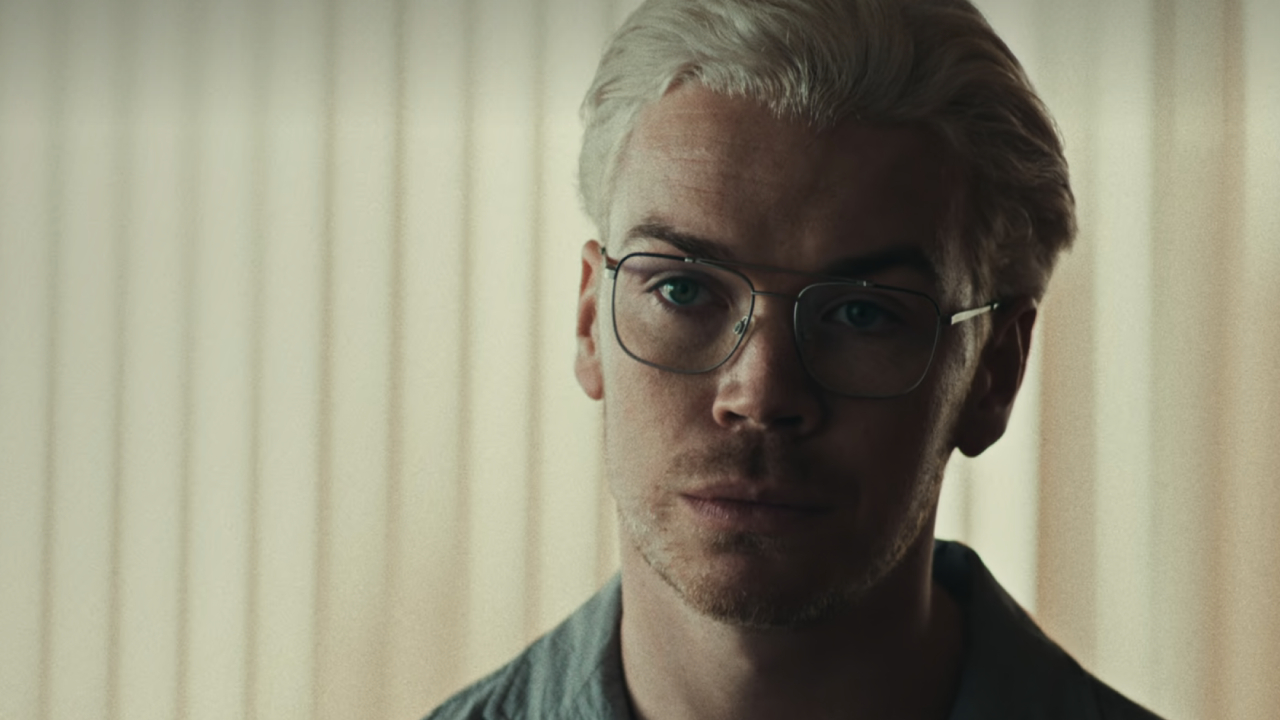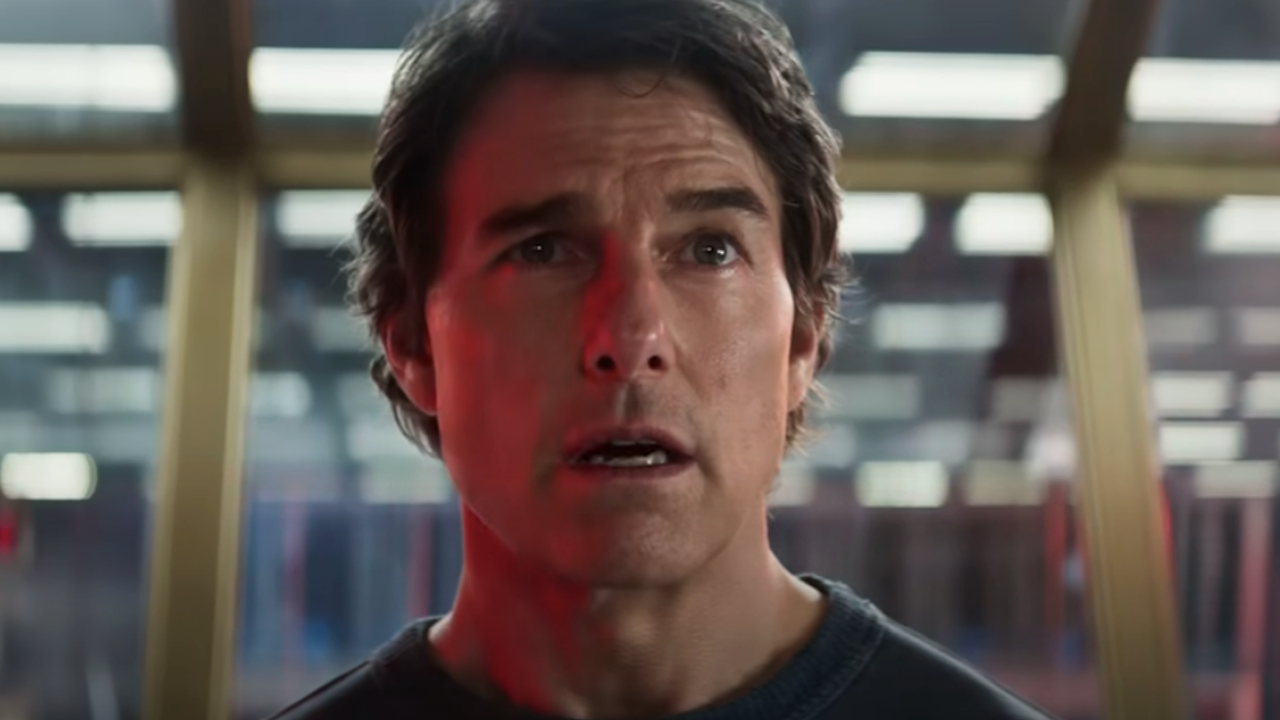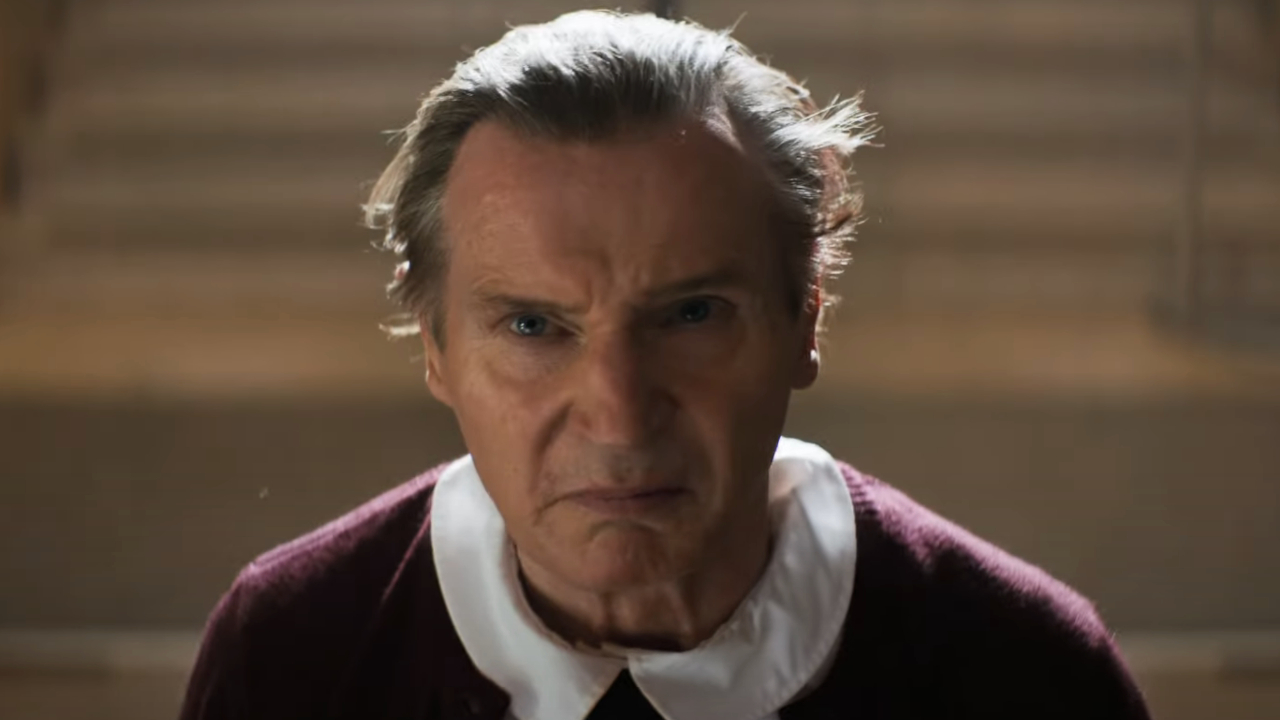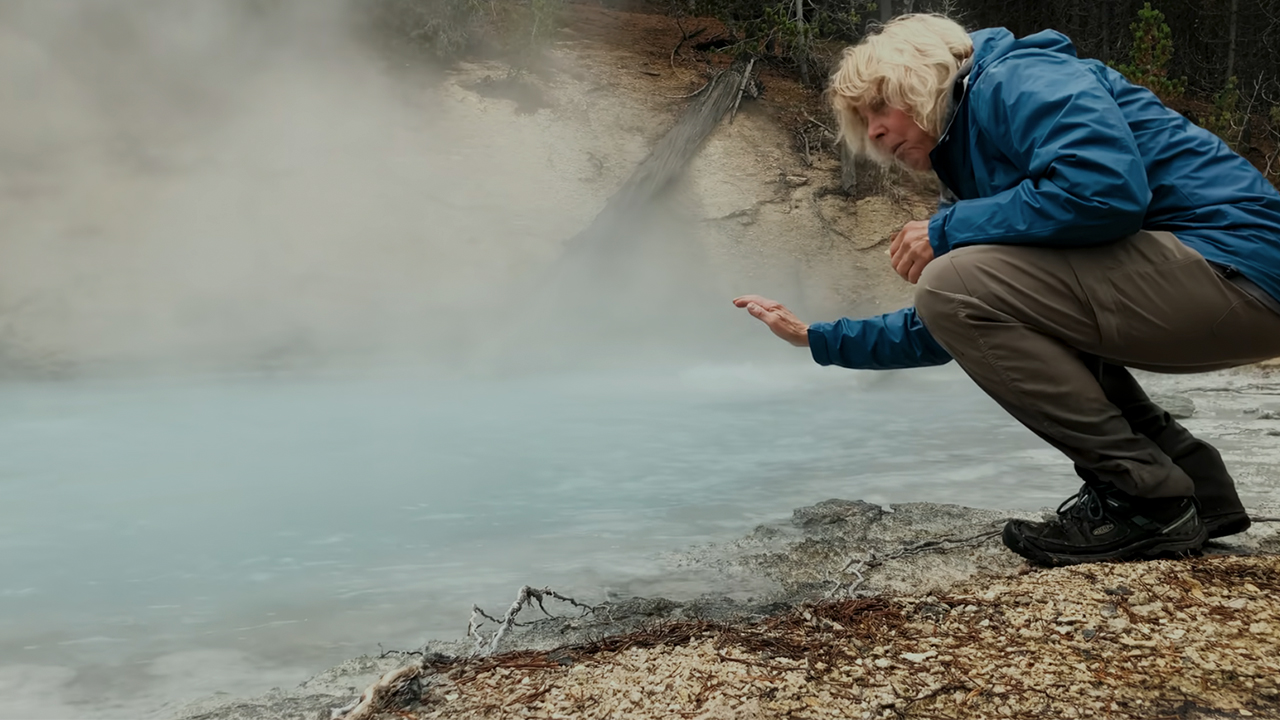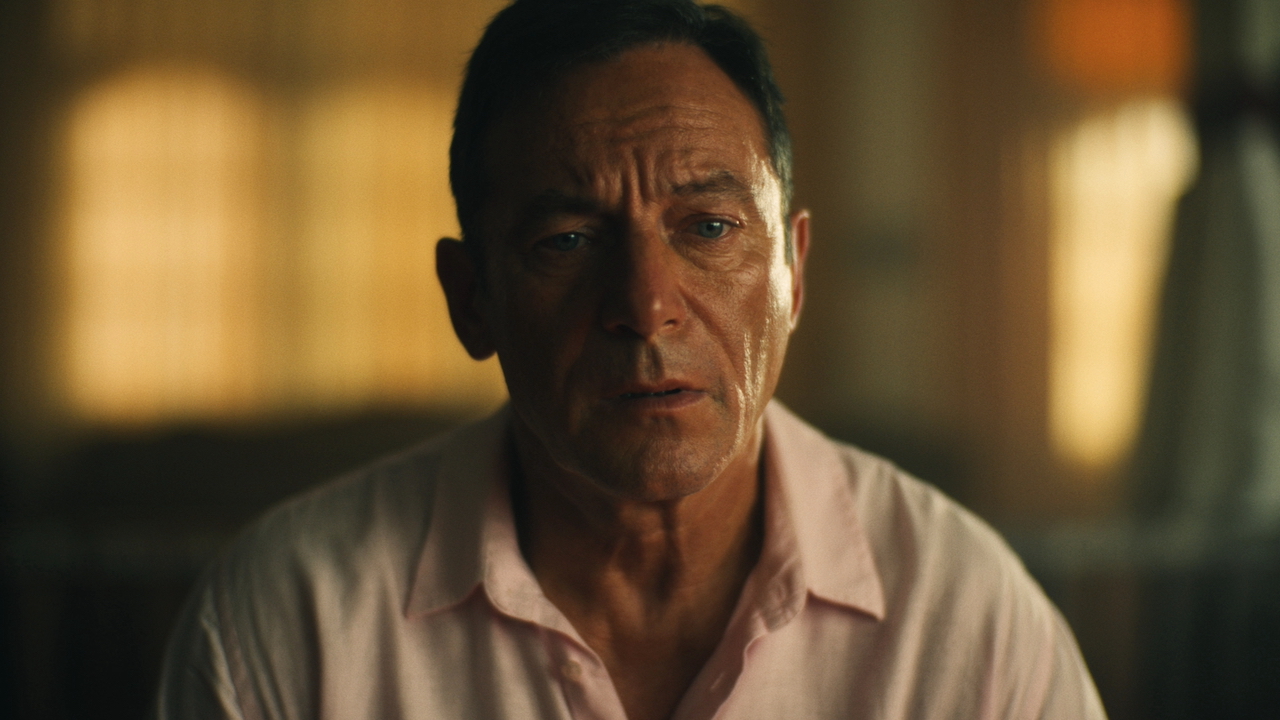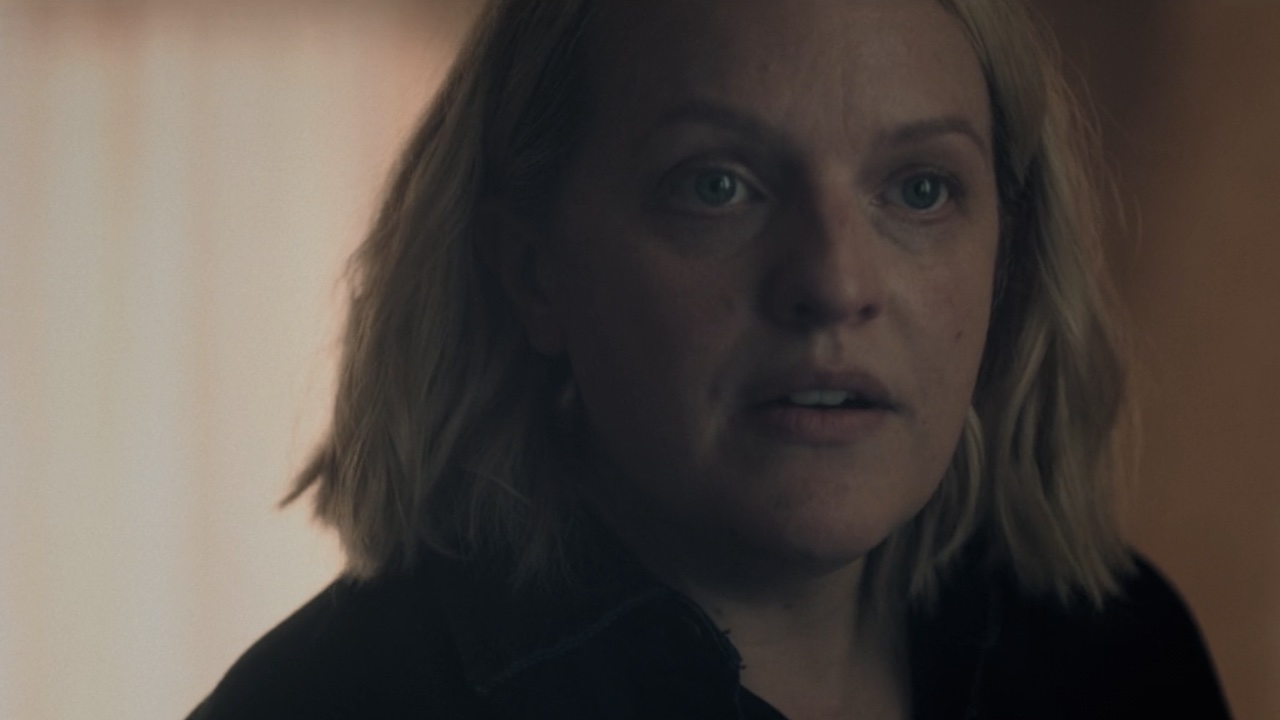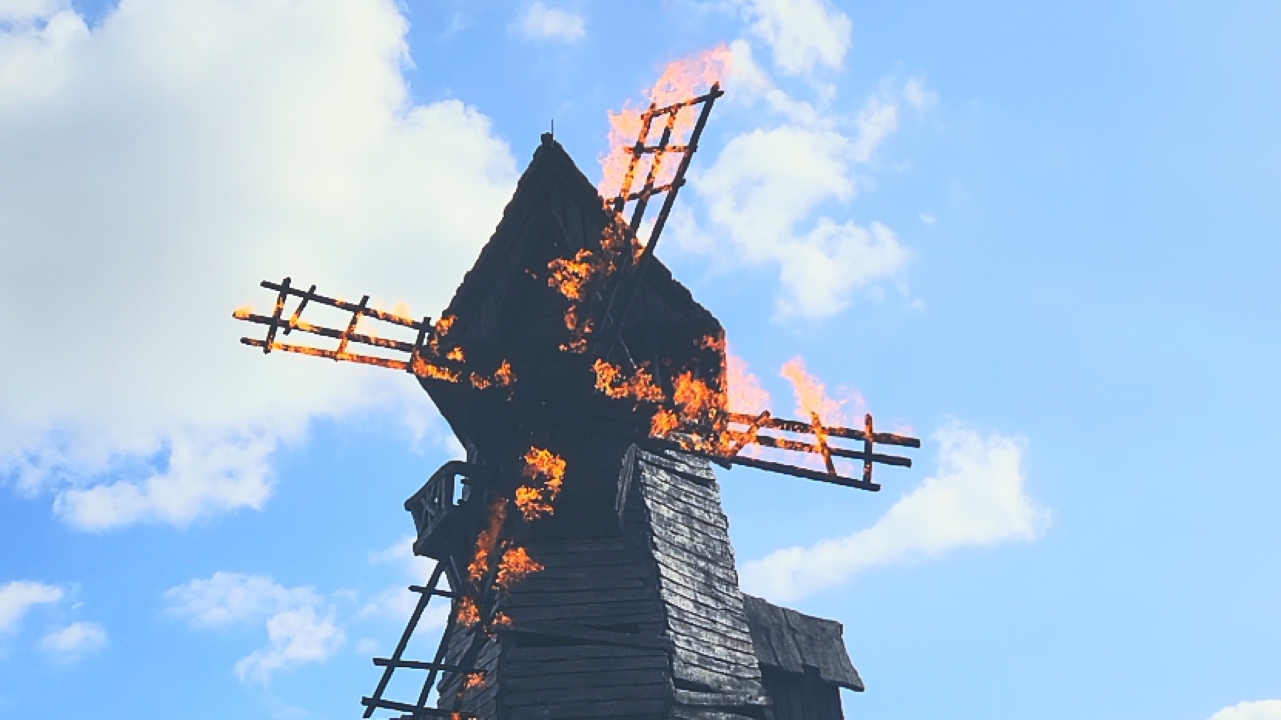The Batman Ending Explained: What Happens To The Caped Crusader And His Multiple Villains
Will the Dark Knight rise again?
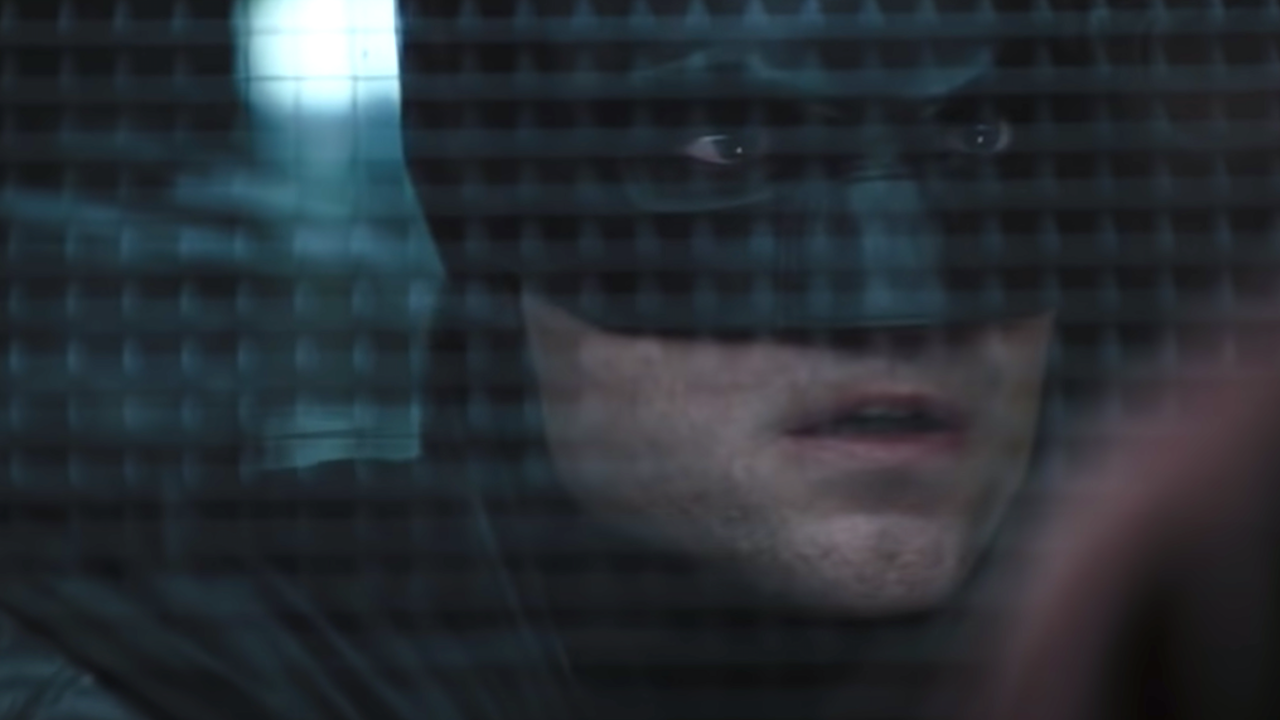
This story is going to get into all of the spoilers for Matt Reeves’ new The Batman, so really, hop in the Batmobile and zoom out of here if you somehow landed on this feature and haven’t yet seen the film (and give a damn about spoilers).
For the first time in several years, Warner Bros. is producing a live-action Batman movie that isn’t part of a larger universe, that doesn’t showcase other members of the DC superhero community, and that only has to focus on the stories that Matt Reeves chooses to tell in the hefty three-hour run time. No teases for the next Superman or Suicide Squad mission, no celebrity cameos from characters like Deathstroke that might never pay off.
That doesn’t mean that Reeves isn’t building out a universe in his The Batman. Gotham has a lot going on as the credits roll on Robert Pattinson’s first foray in the Batman suit. So let’s discuss The Batman ending, and what it means for any potential sequel.
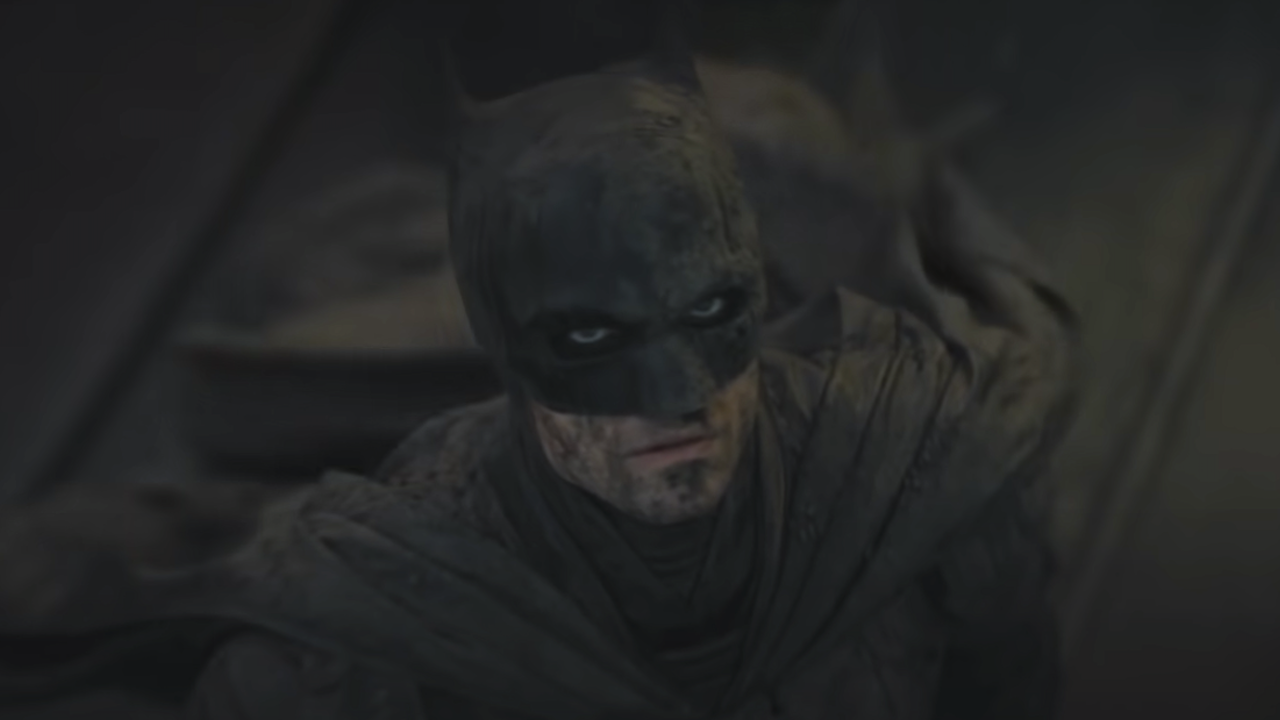
Batman Has Changed His Approach To Fighting Crime
The narration track at the beginning of The Batman lays out how this current Caped Crusader (played by Robert Pattinson) rules over Gotham. He relies on fear, saying that while he can’t be everywhere in the city, stopping every crime, the threat of his presence terrifies would-be criminals, and has Gotham’s citizens – and police force – deeply distrusting this costumed vigilante.
But following his confrontation with Carmine Falcone (John Turturro) and The Riddler (Paul Dano), this Batman comes to the realization that fear isn’t enough. He needs to put forth a new symbol for the people of Gotham: Hope. And it’s captured in Batman’s efforts to lead the survivors out of a flooded Gotham Square Garden arena using only a flare. Yes, this tool of vengeance will still strike fear in the hearts of his adversaries. But Bruce Wayne’s journey through The Batman has taught him that hope is equally as valuable as fear can be.
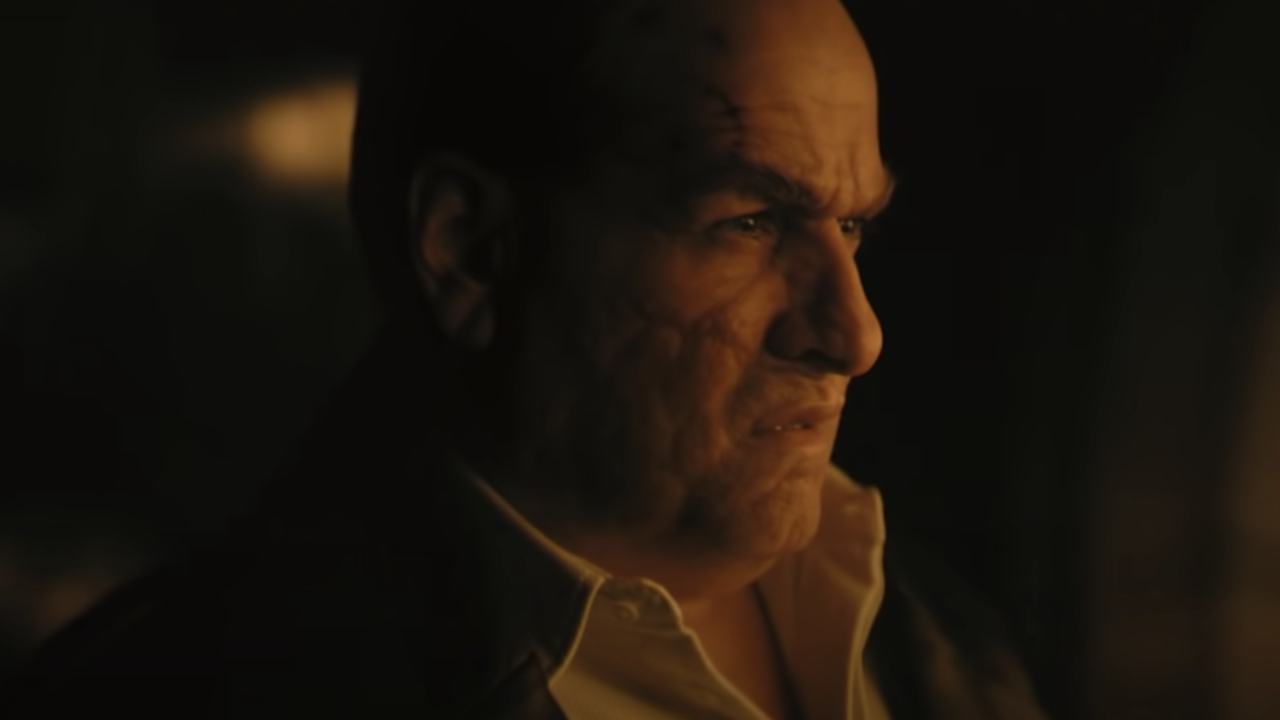
The Penguin And The Power Grab For Gotham
Without realizing it, Batman was helping The Riddler to complete his ultimate goal of paying back all of the corrupt Gotham leaders who pilfered the city’s Urban Renewal Fund… tracing the line all the way back to Carmine Falcone (John Turturro). Batman and Catwoman’s (Zoe Kravitz) investigations reveal that Falcone pulls everyone’s strings in Gotham, and once Batman brings him “into the light,” Riddler assassinates him, leaving a power void at the top of the criminal food chain.
One candidate already tipped his hand… or his flipper. Oswald Copperpot, aka The Penguin (Colin Farrell), stood up to Falcone once the crime lord was in police custody. And Reeves included a shot of Penguin looking out over Gotham as the narration spoke of a power grab that’s bound to happen in Gotham. Penguin studied under Falcone at the man’s club for years, which explains Farrell's Godfather comparison. Expect him to be one of the villains leading the charge in the quest for power and influence over Gotham.
CINEMABLEND NEWSLETTER
Your Daily Blend of Entertainment News
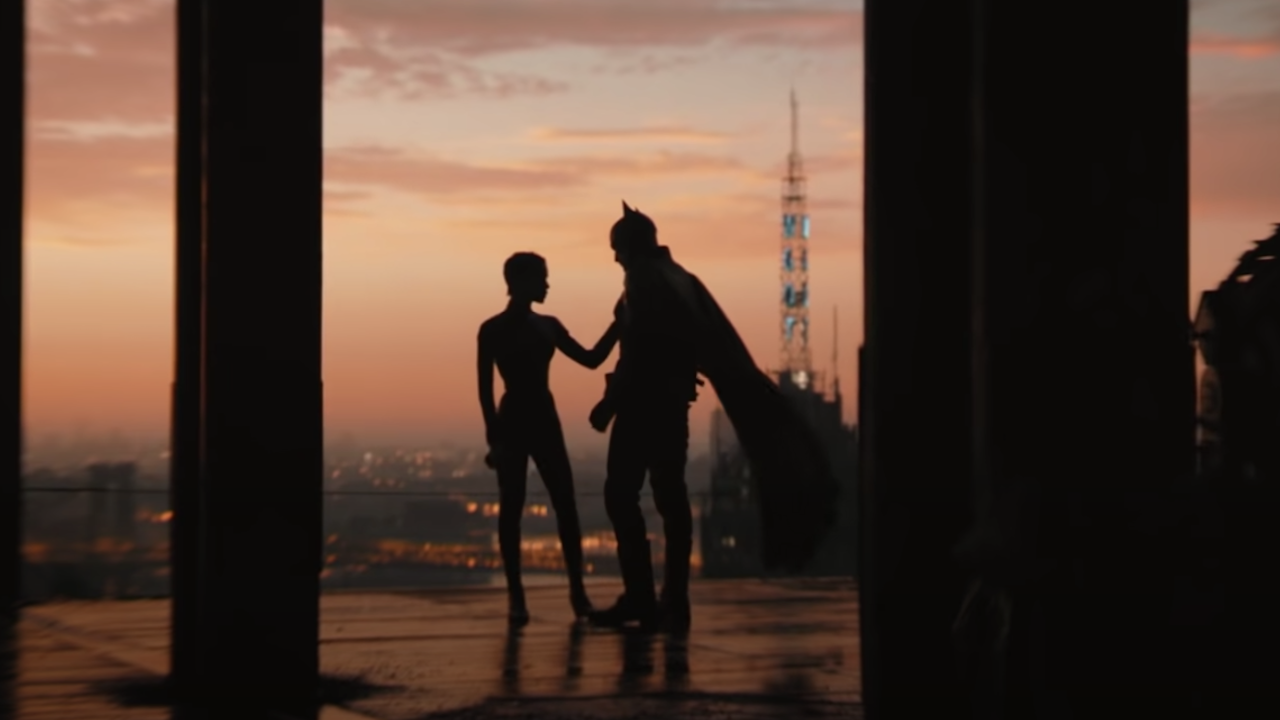
Catwoman Is Gone… For Now
Having played a game of “will they or won’t they” for the duration of The Batman, Selina finally pitches to her Dark Knight that he give up his fruitless cause to “save” Gotham, and follow her away to ANYWHERE else. She successfully avenged the murder of her close friend, and sees no reason to stay in the seedy hell hole. Selina thinks Bruce’s work won’t change a thing about Gotham, and his quest ultimately will be the death of him. She tells him she’s going upstate, teases a potential stop over in Bludhaven (a reference for comic book fans), and the duo kiss.
But Batman turns down her offer, and as the two ride their motorcycles back towards the city, where Batman’s iconic logo shines in the sky, Catwoman goes left and Batman turns right. He watches her in his rearview mirror until she goes up over a hill and disappears. The Cat is out of The Bat’s life… though we all know that’s only temporary. Assuming that there is more adventure to be had.

The Riddler Has Made A Friend In Arkham
The Riddler knew he’d eventually get caught and sent to Arkham. It’s why he sent Batman a card saying, “See you in Hell.” But after the two have their confrontation, Riddler is disturbed to learn that he and Batman weren’t working together, as he believed, and their final target – Bruce Wayne – escaped Riddler’s wrath.
But a voice from a neighboring cell tells Riddler not to be too hard on himself. He might have had a bad day, but things can always turn around, and Gotham loves a comeback story. We can’t see the other convict’s face, but through a slot in the door, we can see a shock of hair, the silhouette of a bulbous nose, and what looks to be charred or damaged skin. The mysterious Arkham prisoner tells The Riddler a riddle of his own. The answer to the riddle implies that the men will be friends, and they both start laughing, tipping off the fact that the man Riddler just met will be this world’s version of The Joker (played by Eternals co-star Barry Keoghan).
Unlike previous Batman movies, which often kill off their main antagonists – from Jack Nicholson’s Joker to Liam Neeson’s Ra’s al Ghul – The Batman leaves several worthy adversaries on the proverbial board for Robert Pattinson’s Caped Crusader to take on in potential sequels. We will have to see how The Batman does at the box office, but so long as Warner Bros. wants to continue expanding on this rich tapestry of crime and vengeance, this ending makes it clear that there are several worthy avenues down which Matt Reeves could wander. Just, stay away from Crime Alley. Nothing good happens there.
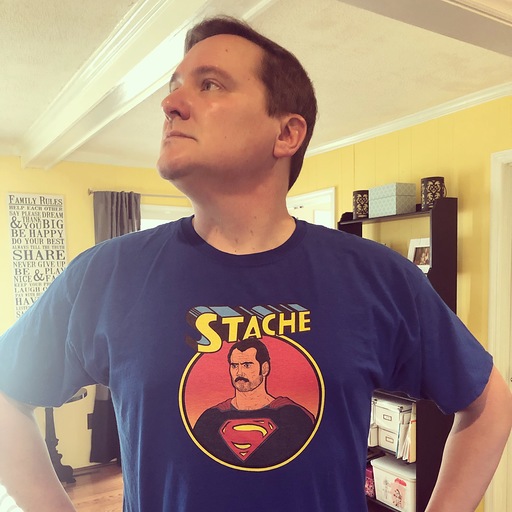
Sean O’Connell is a journalist and CinemaBlend’s Managing Editor. Having been with the site since 2011, Sean interviewed myriad directors, actors and producers, and created ReelBlend, which he proudly cohosts with Jake Hamilton and Kevin McCarthy. And he's the author of RELEASE THE SNYDER CUT, the Spider-Man history book WITH GREAT POWER, and an upcoming book about Bruce Willis.

